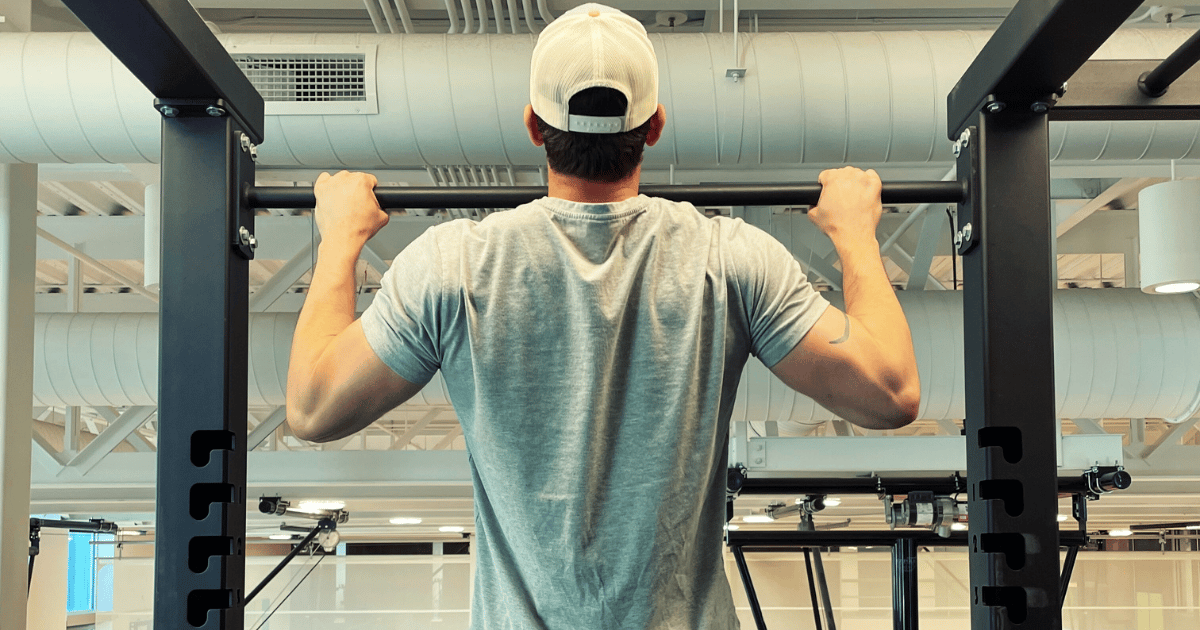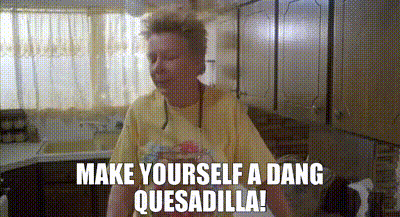
STORY
“Now what?”
When COVID hit, I found myself on a locked‑down Marine base with gym hours slashed and capacity capped. Every morning, I’d be in a queue of 30+ minutes just to get through the gym doors. So with this new lockdown life… and little to do beyond work, chow, and hanging in the barracks, I asked myself, “Now what?” That question sparked a focus on three goals I’d been half-ass chasing for a while: squatting 405+ lbs, deadlifting 500+ lbs, and incline benching 315+ lbs.
Coming from a bodybuilding background, I already had muscle and movement patterns in place; but chasing aesthetics sometimes meant I came away from pushing for those 1-4 rep ranges. I had came “close-ish” on each lift up until this point, yet would have to dial back for various reasons. My biggest struggle was the squats and bench. My deadlift was solid. To get to this next level, I knew I had to shift my mindset from sculpting to strength.
This was all done with a good amount of constraints; from workdays occasionally going past gym closing time, but luckily for me portable outdoor racks scattered around base became my lifeline. Mandatory 5 AM PT; which was typically endless steady‑state runs. And then you had the ever‑changing COVID protocols, that kept every session unpredictable.
Cranking Effort & Intensity
Determined not to let constraints win, I leaned on one weapon above all: relentless effort. For nine months, I committed to 3–4 high‑intensity sessions each week, rotating focus among my “Big Three” lifts and hammering accessory work. I organized my weeks around a heavy day, a speed day, and a volume day; each with purpose. Accessories like heavy Romanian deadlifts, paused squats, close‑grip presses, and overhead work weren’t afterthoughts; they were movements to balance out weak points. When the gym closed, sessions went outdoors; no excuses allowed, no effort lost.
I want to make a point that intensity isn’t a sprint; it’s a marathon. To sustain 11/10 effort, I treated recovery like a training day. I aimed for 7–8 hours of sleep, dialed in my macros to fuel the workload, and committed to daily mobility routines: rolling, stretching, and staying hydrated. Of course, I wasn’t fresh every single session, but by prioritizing recovery consistently, I showed up ready far more often than not. That consistency was where real progress lived.
“Work is no disgrace: it is idleness which is a disgrace.”
Join over 4 million Americans who start their day with 1440 – your daily digest for unbiased, fact-centric news. From politics to sports, we cover it all by analyzing over 100 sources. Our concise, 5-minute read lands in your inbox each morning at no cost. Experience news without the noise; let 1440 help you make up your own mind. Sign up now and invite your friends and family to be part of the informed.
EXERCISE

A pull‑up is a compound, vertical‑pull movement that primarily targets the latissimus dorsi, biceps, and upper back musculature.
By hanging from a bar and pulling your chin over it, you build upper‑body strength, grip endurance, and shoulder stability.
Setup: Grip the bar just outside shoulder width, palms facing away.
Execution:
Engage lats by puffing your chest which will bring your shoulders down and back.
Initiate the pull by driving your elbows toward your hips.
Finish tall: Chin clears the bar, chest tall, shoulders packed.
Lower under control to full hang.
Reps/Sets: 3–5 sets of 3–8 reps (depending on strength level), 2–3 minutes rest.
- - - - - - - - - - - -
Progressions to Build Toward Unassisted Pull‑Ups
1. Inverted Rows
Why: Teaches horizontal‑pull strength and mid‑back engagement.
How:
Set a bar (or TRX handles) around waist height.
Lie underneath, grip shoulder‑width, heels on floor.
Pull chest to the bar, elbows tight, then lower with control.
-Protocol: 3–4 sets of 8–12 reps. Elevate feet or add weight as you progress.
2. Assisted Pull‑Ups
Why: Offloads a portion of your body weight to reinforce the full pull‑up pattern.
Options:
Resistance Band: Loop a band around the bar and foot/ knee.
Machine: Use the assisted pull‑up machine’s counterweight.
-How to: Perform the pull‑up as normal, allowing the band or machine to assist the ascent.
-Protocol: 3–5 sets of 5–10 reps, reducing assistance over time.
3. Negative (Eccentric) Pull‑Ups
Why: Emphasizes the strength‑building lowering phase, which you can do with greater control.
-How to:
Jump or step up so your chin is over the bar.
Lower yourself as slowly and smoothly as possible (3–5 seconds) to a full hang.
-Protocol: 4–6 sets of 3–5 slow eccentrics, 1–2 minutes rest.
Putting It Together:
Cycle through these progressions 2–3 times per week, choosing the variation that challenges you for 6–12 controlled reps. As you get stronger, reduce assistance, lower the bar for rows, and lengthen eccentric tempos; until you’re ready to rep out unassisted pull‑ups!
Thanks for reading this week’s edition of Unmasked by The Weekly Standard!
If you found value in these insights, share it with a training buddy or post it on your social feed; let’s spread the knowledge and push each other to new levels. See you next time!
MINDSET
Most plateaus aren’t caused by bad programs; they’re caused by half‑hearted effort. If you’re still chasing the “perfect” workout plan, you’re missing the point. What you need is strategic, repeated intensity on your priorities, paired with the humility to rest and rebuild.
Put some effort into your goals.



